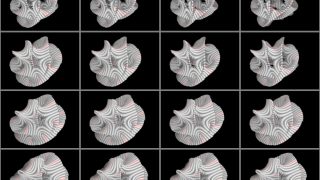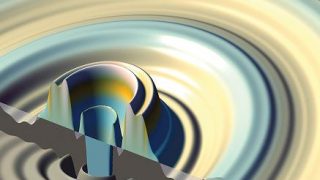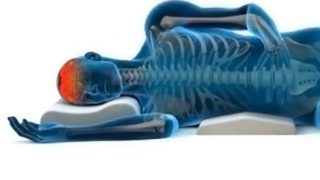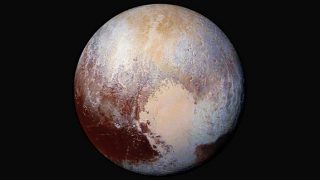
MI weekly selection #153
Humanities & Social Sciences • Science • Technology • Weekly Selection
Nerve cells that block itches in mice Scientists have found nerve cells in mice that can block itches caused by a light touch, which could one day lead to treatments for people suffering from chronic itch problems. Researchers genetically engineered mice without those spinal cord nerve cells, producing rodents that had the urge to scratch […]








